Garden Burnout: Strategies for Coping and Creating a Stress Free Garden
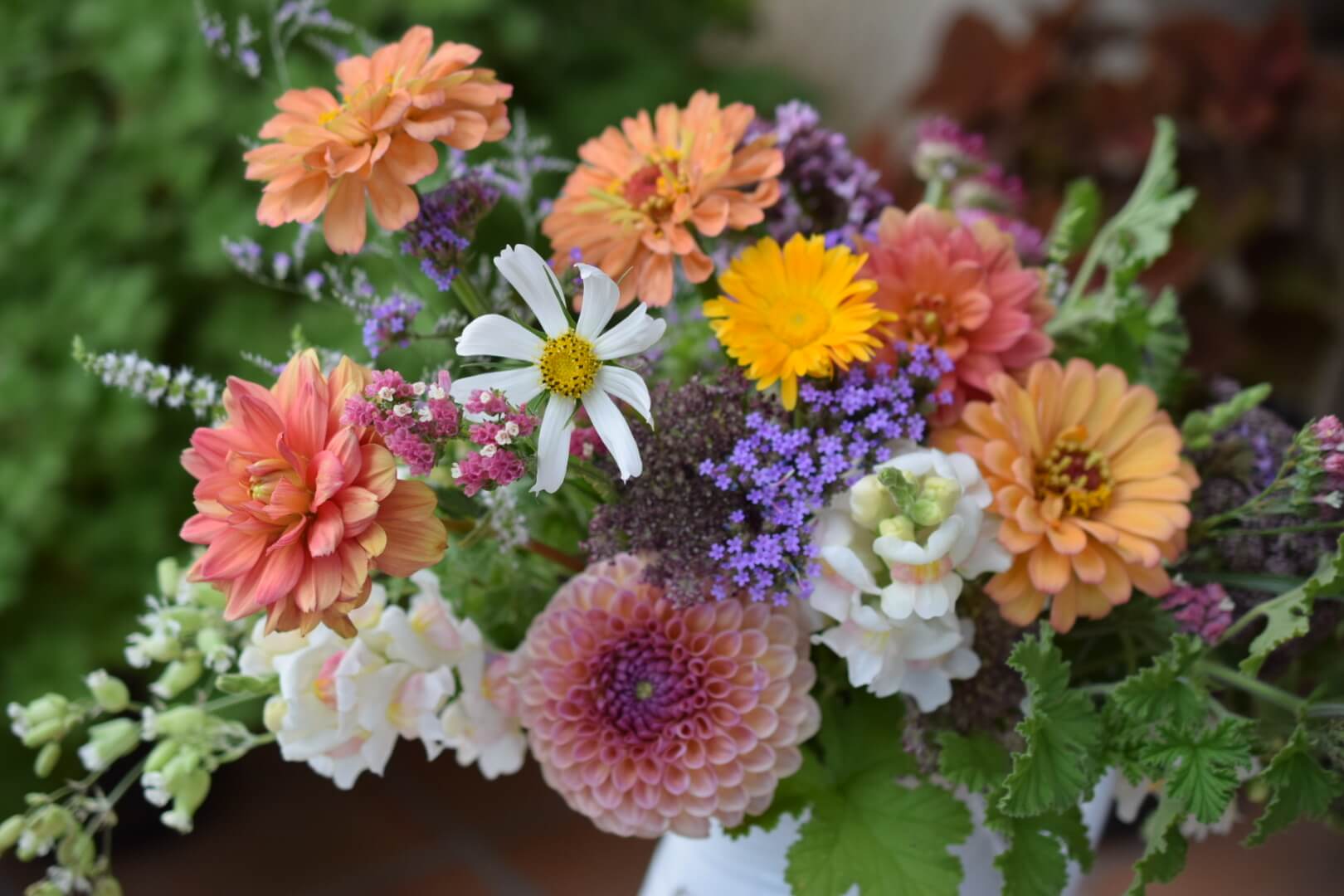
Sometimes I hate my garden. There, I said it. And if you are saying it too, take a deep breath and know that you are not alone! Guys, the honest truth is that a couple of weeks ago I experienced extreme garden burnout and had reached my breaking point.
Disclaimer: when you shop through my affiliate links I earn a small commission which helps me create more content, at no additional cost to you! Thank you so much for your support!
I think it is fair to say that gardening in summer is hard. The temperatures are high. All of those wee baby plants that were so cute and easy to love when we purchased them in spring are now huge beasts (because we used the AMAZING FoxFarm Ocean Forest Potting Mix) demanding MORE WATER, MORE FERTILIZER, MORE SPACE, MORE TIME. When you are container gardening, the plants are completely reliant on what you provide them and it seems almost impossible at times to keep up!
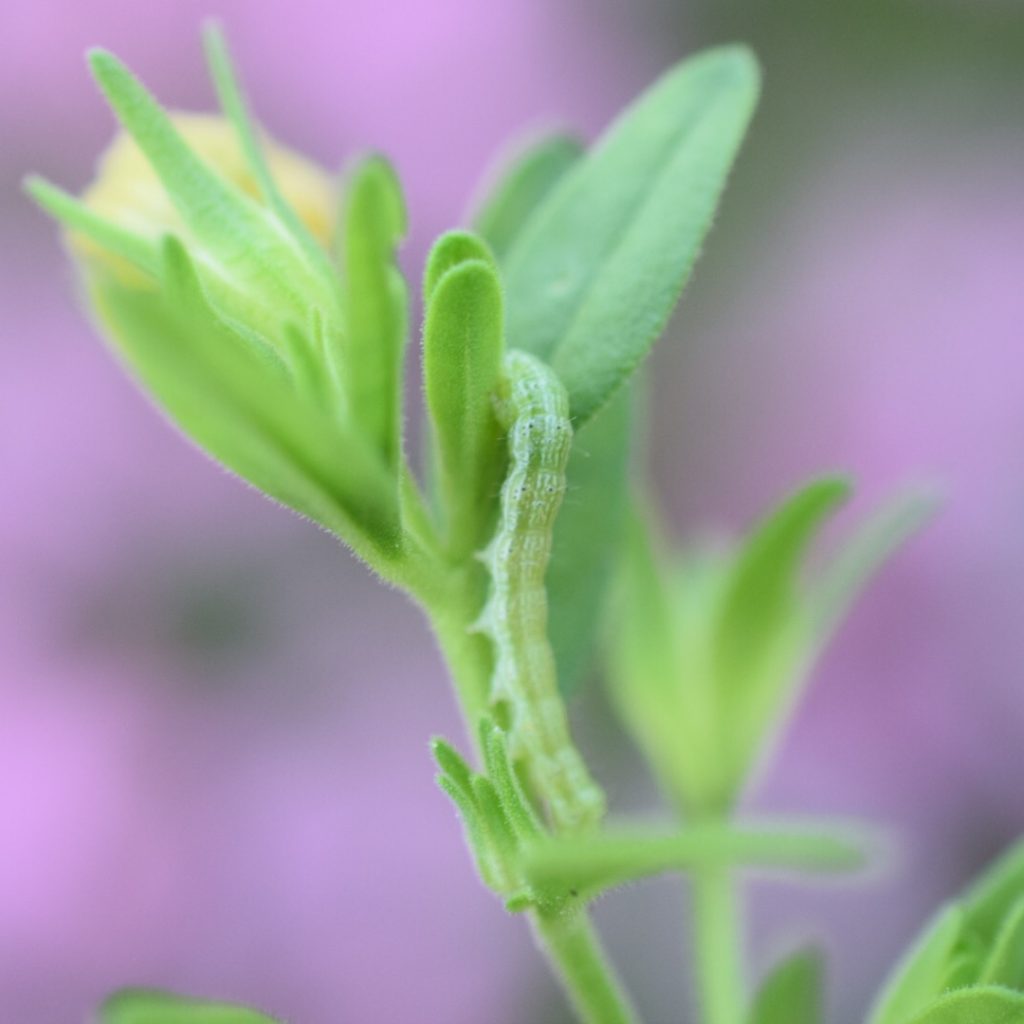
And don’t even get me started on pests and disease! They really seem to rear their ugly heads in the dog days of summer. Fighting budworms and thrips is a weekly chore. A squirrel ate my one and only tiny melon and I cried. The finches are feasting on my sunflowers and the darned leafcutter bees (sorry, NOT a fan) have turned all my rose leaves into swiss cheese.
There’s just too much. When people comment that “it looks *just* like a nursery” that is usually a sign that the “garden” has morphed into a “collection”. A very demanding collection. Part of me wishes I could just wipe out 2/3rds of my garden. Then I could style it in a pleasing way, and take care of things better. It wouldn’t take me hours and hours to water and feed and care for. I wouldn’t get burned out.
Don’t worry; I’m not going to do away with 2/3rds of the garden. I’m a garden writer and I need something to write about! But what I am going to do is share with you how I deal with garden burnout, and some tips to keep your garden stress free from the get go.
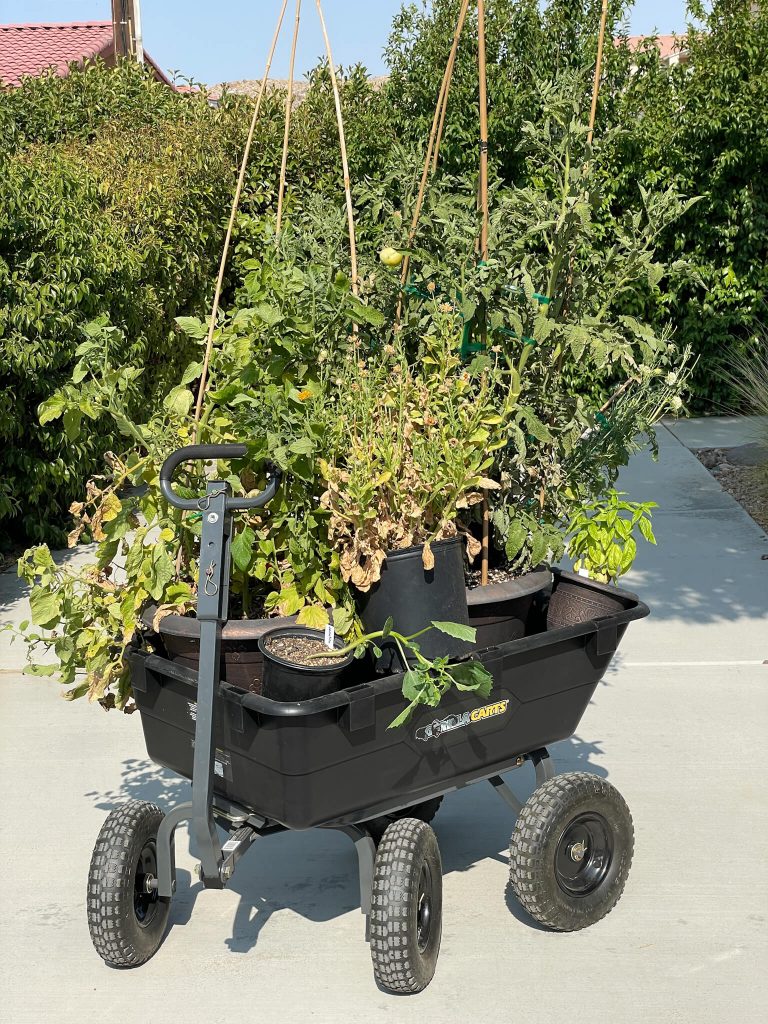
Coping With Garden Burnout
So you find yourself in this garden burnout situation and you are wondering what to do about it. My first recommendation is to remind yourself that what you are feeling is totally OK and happens to a lot of us. Don’t feel bad or guilty. Beating yourself up will not help. Take a deep breath and let yourself release the attachment and control that you have had on your garden.
Next, purge, purge, purge. Are there plants that you have been limping by that you can get rid of? If they have pests and disease dispose of them in the trash, not compost heap. If they are weak, or they have produced and are done then chuck them into the compost heap (if you have one) or trash bin.
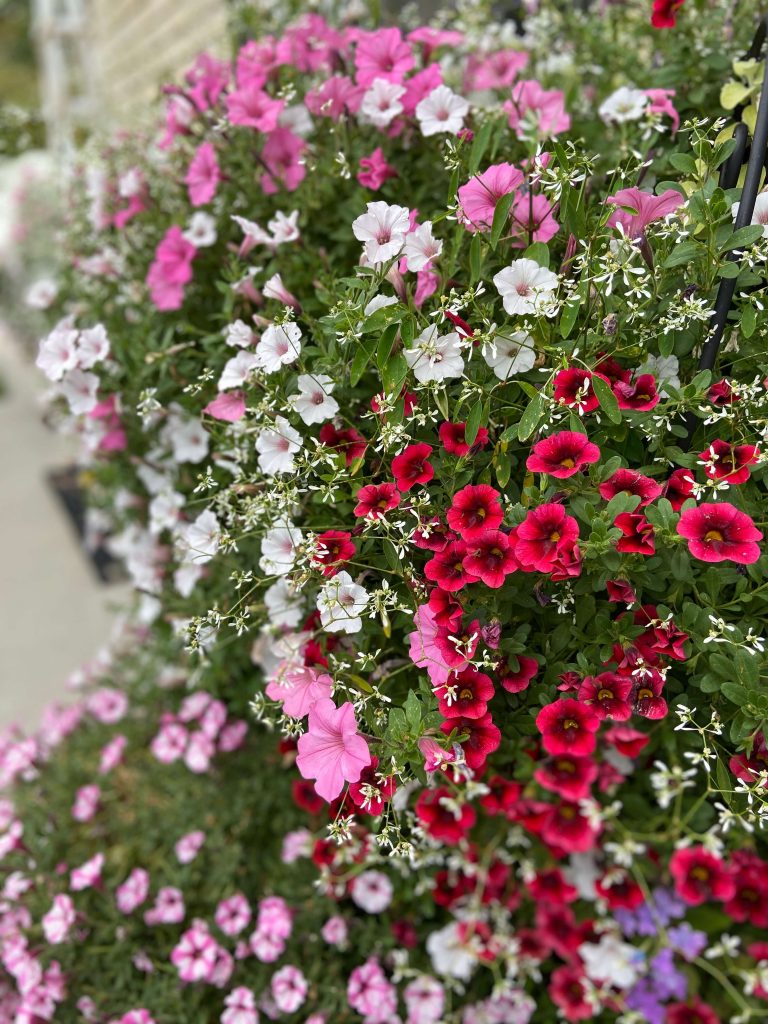
Do you have plants that you are just no longer in love with, but are still healthy? Pass them along to friends, family, and neighbors! Leave them in your driveway for someone to adopt. Never feel bad about getting rid of plants. You need to make the best of your limited amount of space, resources, and time.
Stop buying plants and planting seeds! And stop taking cuttings! Just take a break for a few weeks or even a month. It sounds hard, but you will actually feel as if a weight has been lifted off of your shoulders. And you will have more time to focus on and reconnect with the plants that you already have.
Is something taking a huge amount of time that you have the ability to change, but have maybe been putting off? Think of solutions that might help lighten the load. Are you spending hours hand watering? If so, then consider installing that drip irrigation you’ve always wanted. Maybe deadheading is overwhelming you. Try employing neighborhood kids to help. Or maybe tackle a little bit each day so it doesn’t seem like a huge chore.
Finally, restyle your garden. Giving it a fresh look will get you excited about it again. Now that you have purged out anything ratty, diseased, and dying, you should be left with your best plants. Use design principles such as grouping in odd numbers and keeping the tallest plants in the back. Use similar containers for a cohesive look.
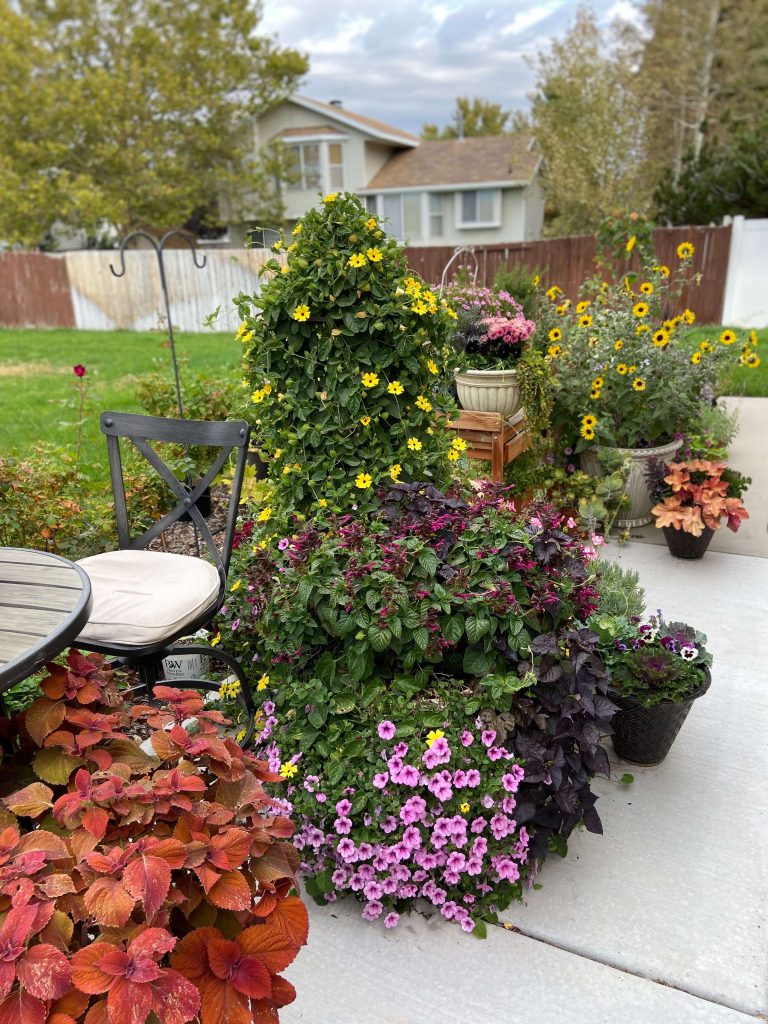
Tips for Setting Up a Stress Free Garden
Above all, the very best way to avoid garden burnout is to set up your garden in a way that prevents it from even happening.
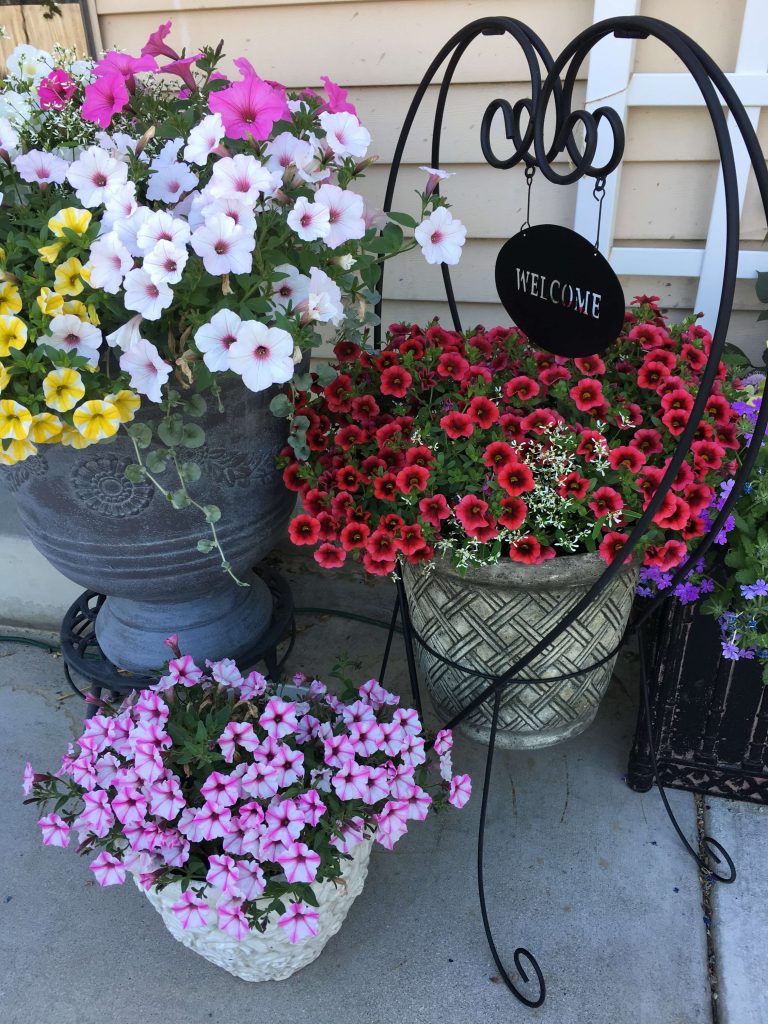
1. Have a Plan and a Design
The first step to having a container garden that brings you happiness instead of stress and burnout is to have a plan and stick with it! Map out your shady areas and sunny areas and then research plants that will do well in each area. Purchase beautiful (large!) containers that you will enjoy looking at. Jot down a few container planting “recipes” that will provide you with interest for the whole season. Place your planters thoughtfully, taking into consideration plant and container heights-tallest in back shortest in front. Group your pots in odd numbers and incorporate some structure such as a bird bath or fountain.
In addition, try choosing a theme that will help narrow down your plant choices. Some ideas could be an herb garden, color theme garden, cutting garden, vegetable garden, butterfly garden, hummingbird garden.
If you are growing veggies don’t overdo it. Stick to things you enjoy eating and maybe a couple of experimental plants.
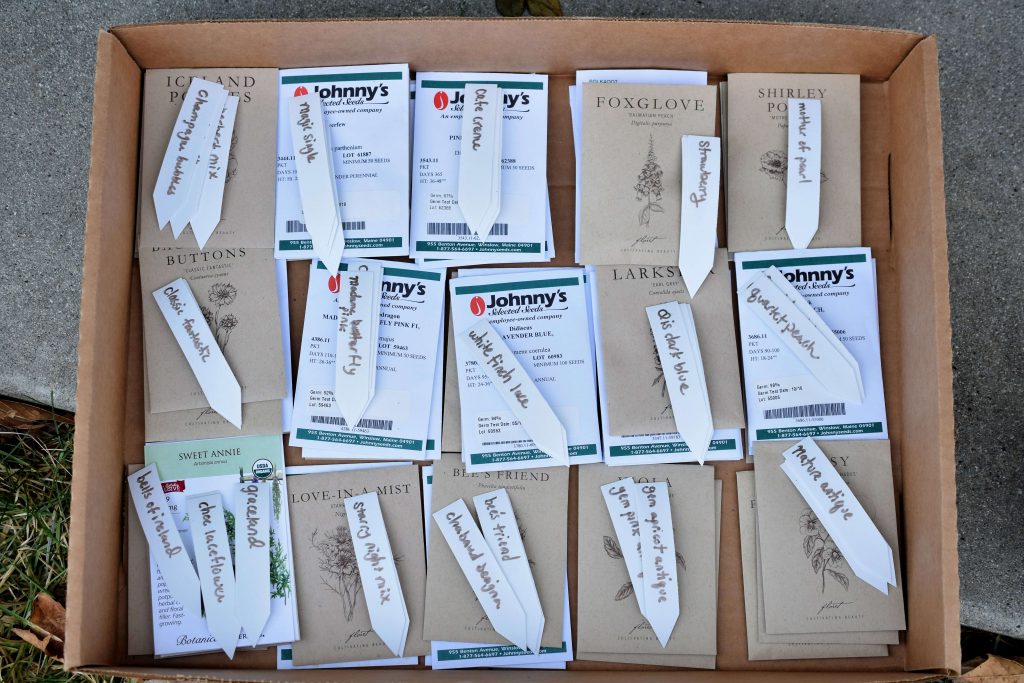
2. Resist Impulse Buying and Planting too Many Seeds
Second, resist those impulse buys as much as possible. I know it’s hard! But they often don’t fit into our plan and cause more trouble than they are worth. For instance, have you ever purchased a plant on impulse only to have it just sit forlornly in its nursery can for weeks because you have no idea what to do with it? I have done that more times than I can count. If you are going to impulse buy, put together a complete container arrangement right there in the store that you can bring home to plant right away and incorporate into your design.
In addition, be careful with growing from seed. Since each little packet can contain tens, if not hundreds, of seeds and they are so tiny it is easy to overplant. We often do not have much room in our container gardens to use more than a couple of seeds from each packet. If you are the type of person that finds it super hard to throw seedlings in the trash then you could be left with tons of seedlings and then next thing you know your garden is full of plants you don’t have time for.
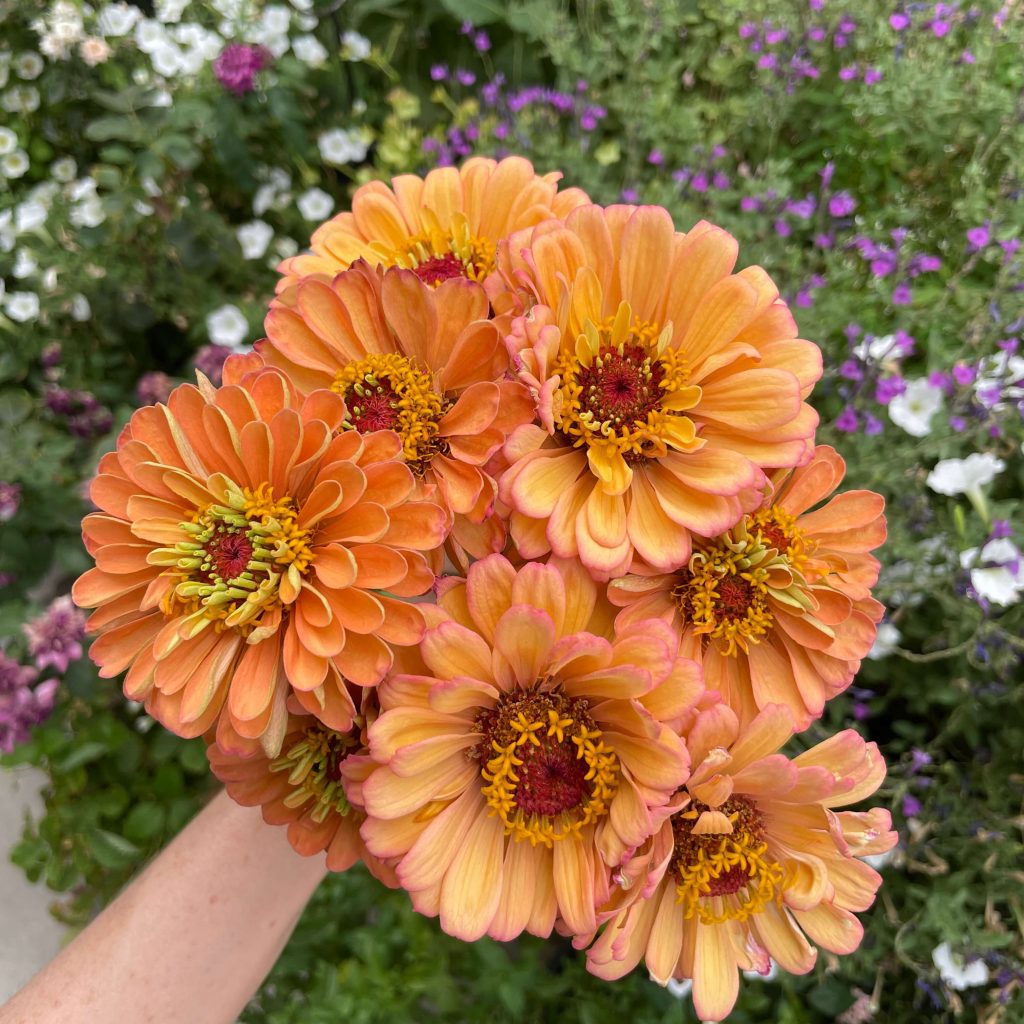
3. Right Plant, Right Climate
Third, choosing plants that do well in your climate is a great way to reduce garden stress and burnout. Check with your local garden nursery or even neighbors to find out what plants do great in your area. Plants that are appropriate for your climate are a joy to grow.
I love dahlias. I even perfected a way of growing them in pots that gave me beautiful blooms this spring. But now that summer is here and it is just too hot for them they are not very happy and it is stressful seeing them wilt every day. If a certain plant is not doing well no matter what you try, consider not planting it in your garden next year.
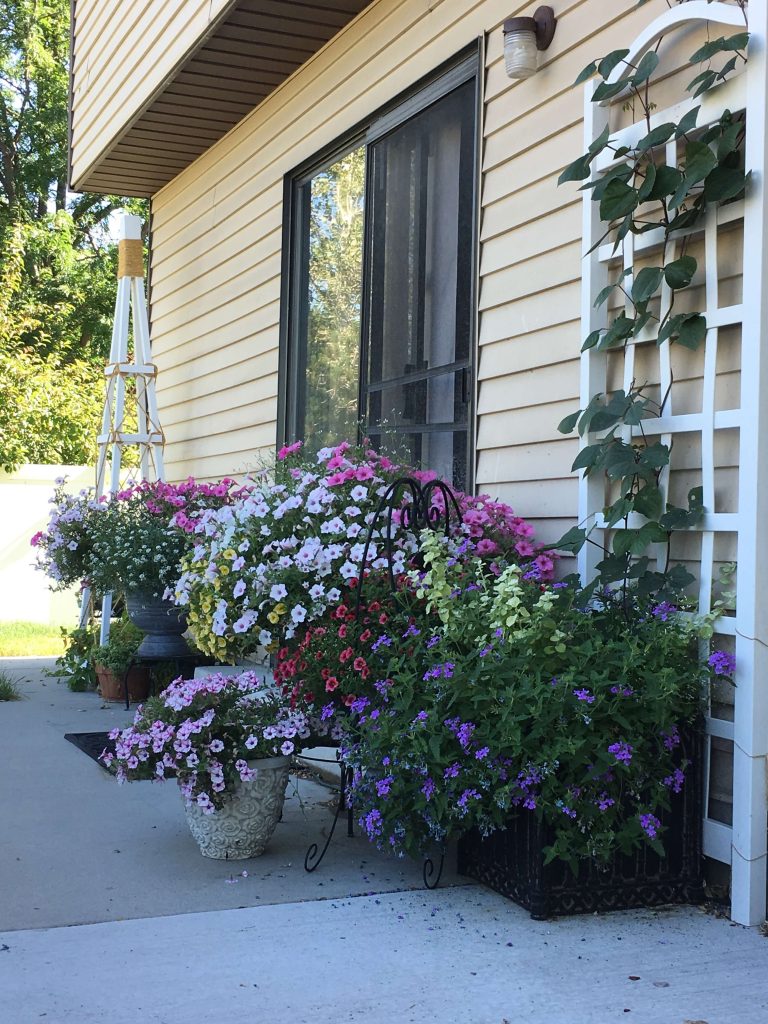
In conclusion, I am happy to report that after some purging, moving things around a bit, and a moratorium on new plants that lasted about a month, I am feeling MUCH better about my garden. I even went to Lowe’s last weekend and purchased two caladiums that I was able to instantly integrate into my patio shade garden. The purchase felt well thought out and I am enjoying them very much!
Have you ever suffered from garden burnout? If so, what steps did you take to combat it? If you enjoyed this article please consider joining me over on Instagram where I happily answer all questions garden related.
Happy Gardening!
Heather
Love this article or want to save it to read later? PIN it!!!

Tags
Related Posts
How to Easily Grow Beautiful Zonal Geraniums from Seed
When I discovered how easy it is to grow beautiful zonal geraniums (Pelargonium hybrids) from…
08/01/2023How to be Successful Growing Anemones in Pots
Anemones (Anemone coronaria) are one of my favorite flowers to grow in pots for a…
12/06/2022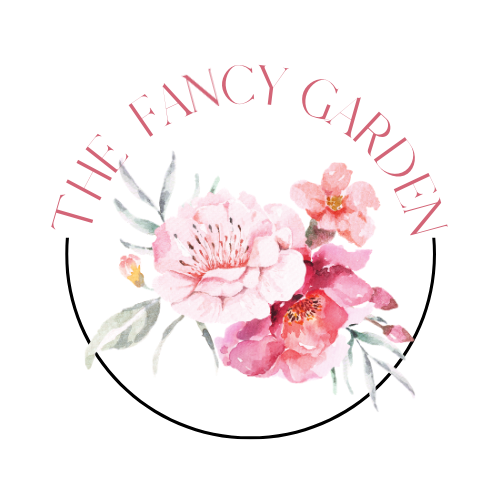


Leave A Comment